Ideate and Execute
variations frictionless
Precise control over every frame with our AI storyboard creator. Design, customize, and perfect each element of your visual narrative.
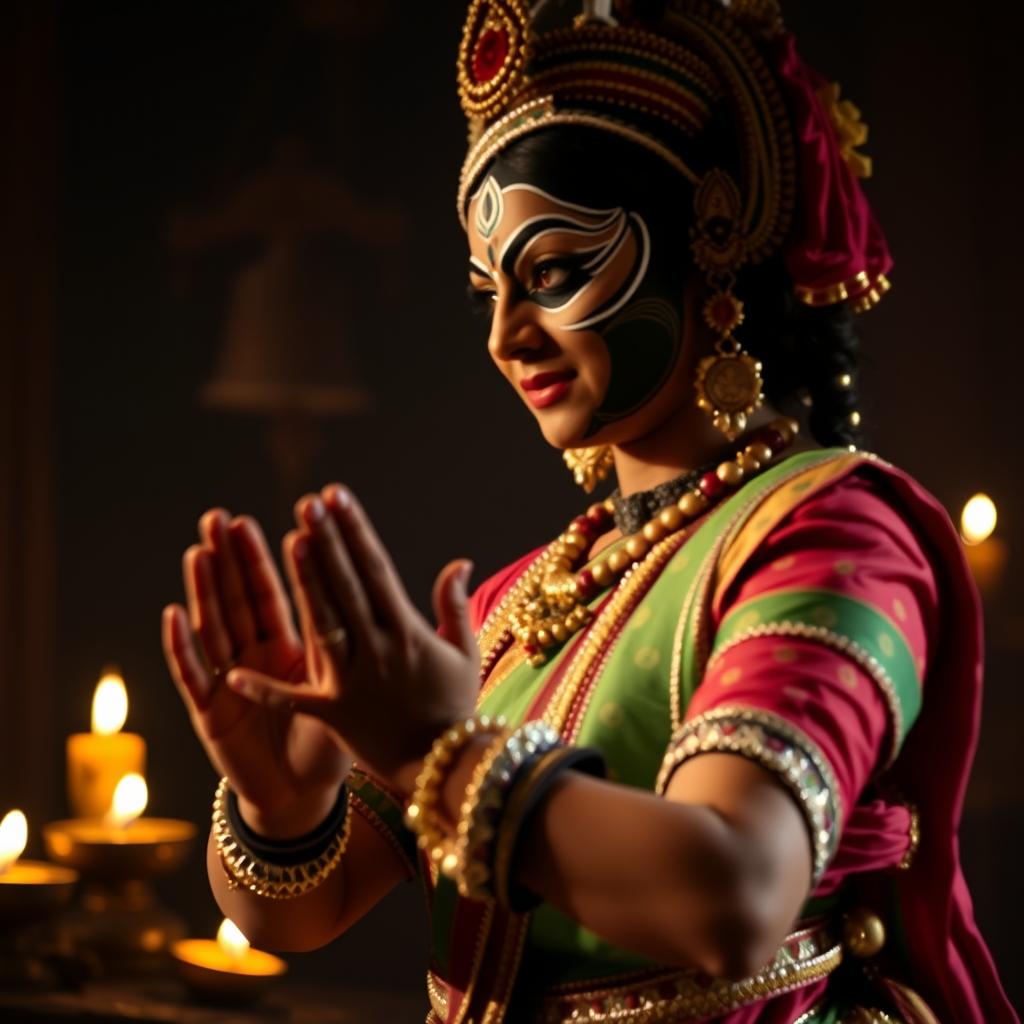

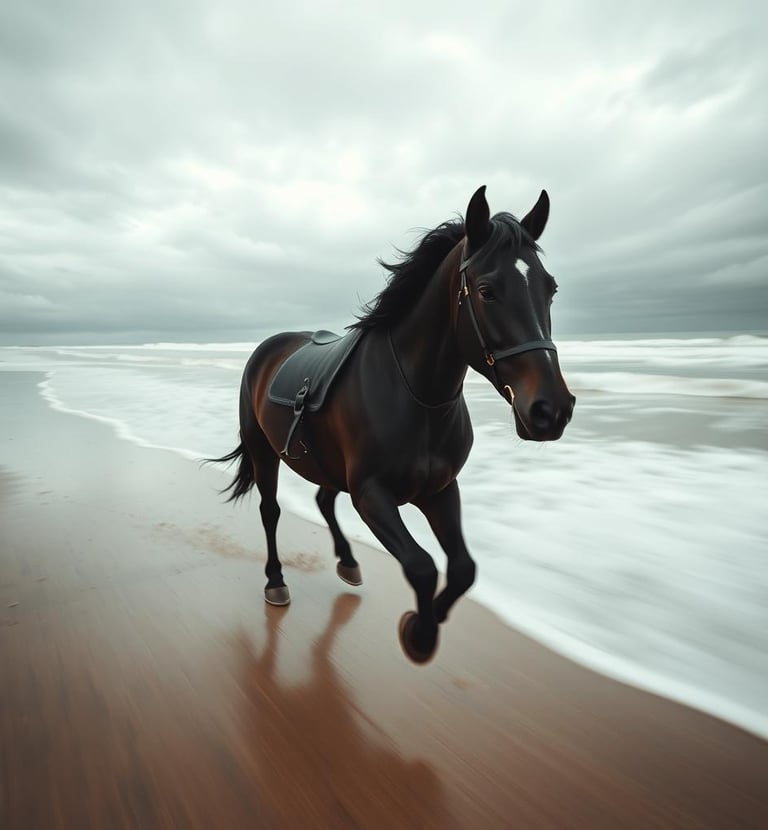

Overlap composition layered with low-key, chiaroscuro lighting, slow intentional camera movement, and shallow focus
mAI Studio
mAI Studio
Cinematic Capture
Technique: Overlap Composition layered with low-key chiaroscuro lighting
Scene Description
©mAI Studio Generated
CINEMATIC SCENE – KATHAKALI: “THE GOD EMERGES”
[Establishing Frame]
The screen fades in from black.
A dimly lit, traditional stage emerges slowly — shadows dancing on carved wooden pillars, faint silhouettes of hanging bells swaying ever so gently. A subtle flicker of warm amber from oil lamps breathes life into the background. The frame feels sacred, suspended in time. There's a reverent silence, save for the distant, meditative beat of a chenda drum.
[Slow Push-In: Mid-Wide]
A lone Kathakali dancer stands center-stage, perfectly still in Aramandalam stance. His vivid costume—reds, greens, and golds—burn subtly in the warm spotlight. The camera slowly pushes in. His eyes are still, glowing through layers of green and red face paint. His figure is backed by darkness, broken only by a halo of rim light tracing the edge of his body and ornate crown.
[Cut to Close-Up: Face]
A tight close-up reveals the dancer's eyes — wild, intense, divine. They shift dramatically left to right, holding tension. Beads of sweat reflect the rim light. The camera lingers, letting the expressions breathe.
Each facial tick tells a myth — a god preparing to descend, or a demon awakening.
[Medium Shot: Hands in Mudra]
The hands now rise into frame, forming a precise mudra. They overlap against the blurred backdrop of soft orange temple light. Fingers curl like painted flames. The depth is palpable — foreground sharp, background soft, layered like a dream.
[Wide Shot: Full Body Movement]
As the music intensifies, the dancer begins to move — slowly, rhythmically. His skirt fans outward like a blooming flower, catching the light in swirls. The camera dollies sideways, tracking the motion. The costume overlaps with shadows and temple props, giving a sense of layered space — like dimensions folding.
[Low Angle: Heroic Framing]
From below, we look up at the dancer as he lifts one leg in a powerful stance. His expression turns fierce. The lights behind form a glowing arc above him, like a divine aura. The backdrop fades further into black, isolating him in sacred space.
[Close on Footwork: Percussion Sync]
Cut to the dancer’s feet stomping in rhythm with the drumbeats. The dust from the stage floor rises in soft clouds, catching tiny flickers of warm light. His anklets jingle like divine chains.
[Final Shot: Fade Into Flame]
The camera pulls back. The figure slowly merges with darkness again, his final mudra held in silhouette. A single oil flame in the corner of the frame flutters — then grows — engulfing the screen in warm light, before fading to black.
©mAI Studio Generated
1. STAGE FLOOR
Material: Polished teak wood or dark stone, with a slightly reflective surface to catch flickers of light and the dancer’s movements.
Texture: Scuffed, slightly uneven, showing age and history of many past performances.
Layering for Depth: Light dusting of natural powder or ash to catch the dancer’s footwork, especially during stomps. Visible movement trails.
2. BACKGROUND WALLS
Main Backdrop: Carved wooden panels with intricate temple motifs — deities, mythological scenes, and patterns from Kerala architecture.
Color Palette: Dark browns and deep maroons, subtly illuminated. The carvings should fade into the shadows at the edges, creating visual depth.
Set Dressing:
A large brass temple bell hanging from an overhead beam.
Flickering oil lamps (Nilavilakku) placed at asymmetrical points behind the dancer.
An arched wooden doorway with a curtain of hanging bells or jasmine threads — always moving slightly, catching the ambient light.
3. LIGHT SOURCES (Integrated into the Set)
Traditional Oil Lamps: Multiple small lamps placed in layers — some on the ground, some on small raised wooden platforms in the background.
Rim and Spot Integration: Built-in concealed warm LED strips hidden behind carved columns or under platforms to simulate natural flame flicker for rim light.
Central Spotlight: Mounted above, focused tightly on the dancer’s performance zone, casting a controlled but cinematic pool of warm light.
4. PROPS & TEXTURES (Depth Enhancers)
Foreground Props (Blurred in camera):
Half-burnt incense sticks in brass holders.
A small conch shell or brass plate with kumkum and sandal paste.
Midground:
Temple offerings – bananas, coconuts, and rice placed in a brass vessel.
Wooden percussion instruments placed to one side.
Background:
Vertical fabric banners or tapestries with mythological art, subtly catching light.
Hanging chains and bells with slight sway — perfect for depth and movement.
5. ATMOSPHERE CONTROL
Smoke & Haze: Light incense or fog to create gentle haze — perfect for catching beams of light and adding a layer of mystery and movement to the air.
Sound Layer (Set-influenced):
Distant rhythmic drumming (off-camera), echoing slightly due to the set's cavernous feel.
Occasional bell chimes to punctuate dramatic movements.
6. STAGE DIMENSIONS & CAMERA BLOCKING ZONES
Performance Area: Circular or square in design (10x10 ft minimum), with clear markings or zones for choreography.
Camera Positions:
Front-center (static wide shot).
Side dolly track for dynamic profile movement.
Low-angle pit for heroic upward framing.
Crane or gimbal above for slow arcing shots.
Straight to Set Composition
©mAI Studio Generated
1. PRIMARY LIGHTING – Subject Isolation & Expression
a. Key Light (Spotlight on Dancer)
Type: Warm spotlight (3200K), soft-edged but focused.
Placement: Top-front, angled about 45 degrees toward the dancer’s upper torso.
Purpose: To isolate the dancer from the dark surroundings, draw all attention to the facial expressions (abhinaya), and give the costume rich highlights.
Intensity: Medium-high, soft diffusion to preserve makeup texture.
b. Rim Light (Back Light for Silhouette)
Type: Warm linear LED or focused fresnel with barn doors.
Placement: Behind and above the dancer, angled down and slightly outward.
Purpose: To sculpt the body and headgear in light, separating them from the dark background. It adds a three-dimensional glow, almost like a halo.
Special Note: Adjust rim light to catch the dancer’s elaborate crown and shoulder ornaments.
2. SECONDARY LIGHTING – Depth, Texture, and Atmosphere
a. Background Lamps (Practicals)
Type: Real oil lamps or LED imitations with flicker modules.
Color Temp: 2000K-2700K (deep amber).
Placement: Symmetrically and asymmetrically scattered on platforms and wall sconces.
Purpose:
Create layers of warm depth in the background.
Establish a temple-like ambiance.
Give the camera multiple planes of light to play with for dynamic composition.
b. Bounce/Floor Fill Light (Optional, Subtle)
Type: Warm softbox or LED panel bounced off a golden reflector.
Placement: Low, in front or slightly side of the dancer, just out of frame.
Purpose: To lift shadows under the eyes and chin just slightly, without flattening the image. Keeps drama intact while preserving facial detail.
3. ATMOSPHERIC LIGHTING – Movement & Mysticism
a. Haze or Smoke
Type: Light fog machine or incense smoke.
Purpose:
To catch shafts of light and define light direction.
To soften the space and make the air feel thick with ritual.
Enhances layering when the camera moves — rays intersect with props and dancer’s silhouette.
b. Flickering Accent Light (Simulation of Flame Movement)
Type: Flicker modules placed near background practicals.
Effect: Adds subtle moving shadows on walls, floor, and dancer’s costume — creating the illusion of a live environment.
4. COLOR PALETTE & TEMPERATURE
Primary: Deep warm tones (2200K–3200K) for a mythic golden glow.
Shadows: Kept rich and dark, not crushed — maintaining detail.
Midtones: Carefully exposed to reflect traditional reds, golds, and greens in costume.
Highlight Control: Never pure white; always soft, warm-toned.
5. Cinematic Techniques with Light
Chiaroscuro-style contrast: High contrast between light and dark areas to dramatize expressions and gestures.
Natural vignetting: Let the edges of the frame fall into darkness to emphasize isolation and spiritual intimacy.
Moving shadows: Slow interplay of light from swaying oil lamp props and dancers’ movements adds cinematic dynamism.
Lighting
Camera & Lens Choice
📸 Camera Specifications
Sensor Size = Full-frame or Large Format (35mm equivalent or larger)
Dynamic Range = Minimum 14+ stops (to retain highlight and shadow detail in low-key setup)
Low-Light Capability = Clean performance at ISO 800–1600, with low noise in shadows
Recording Format = Log gamma (e.g., LogC, S-Log, V-Log) or RAW for color grading
Resolution = Minimum 4K, ideally 6K or higher for reframing and clarity
Frame Rate = 24 fps (for cinematic motion), with optional 48/60fps for slow-motion beats
Bit Depth = 10-bit or higher (to capture color gradients and textures accurately)
©mAI Studio Generated
🔍 Lens Specifications
Lens Feature and Recommendation
Type = Cine Prime Lenses (manual focus, precise markings)
Focal Lengths = Use a range between 35mm, 50mm, 85mm, and 100mm
Aperture = Wide aperture: T1.3 – T2.8 (for shallow depth of field and low light)
Bokeh Quality = Smooth, circular bokeh with soft fall-off — important for background blur
Focus Breathing = Minimal (to allow for clean rack focus across planes)
Coating = Slight vintage or warm coatings optional, but avoid heavy flares
🎯 Suggested Lens Usage by Shot Type:
Shot Type -> Focal -> Length Effect
Wide with depth - > 35mm = Includes environment, creates strong foreground-background layering
Mid portrait -> 50mm = Balanced depth, natural perspective on dancer
Isolated detail -> 85mm/100mm = Compress background, focus on hands, eyes, mudras
Motion close-up -> 50mm @ T1.4 = Shallow focus while tracking, adds intimacy and spiritual tone
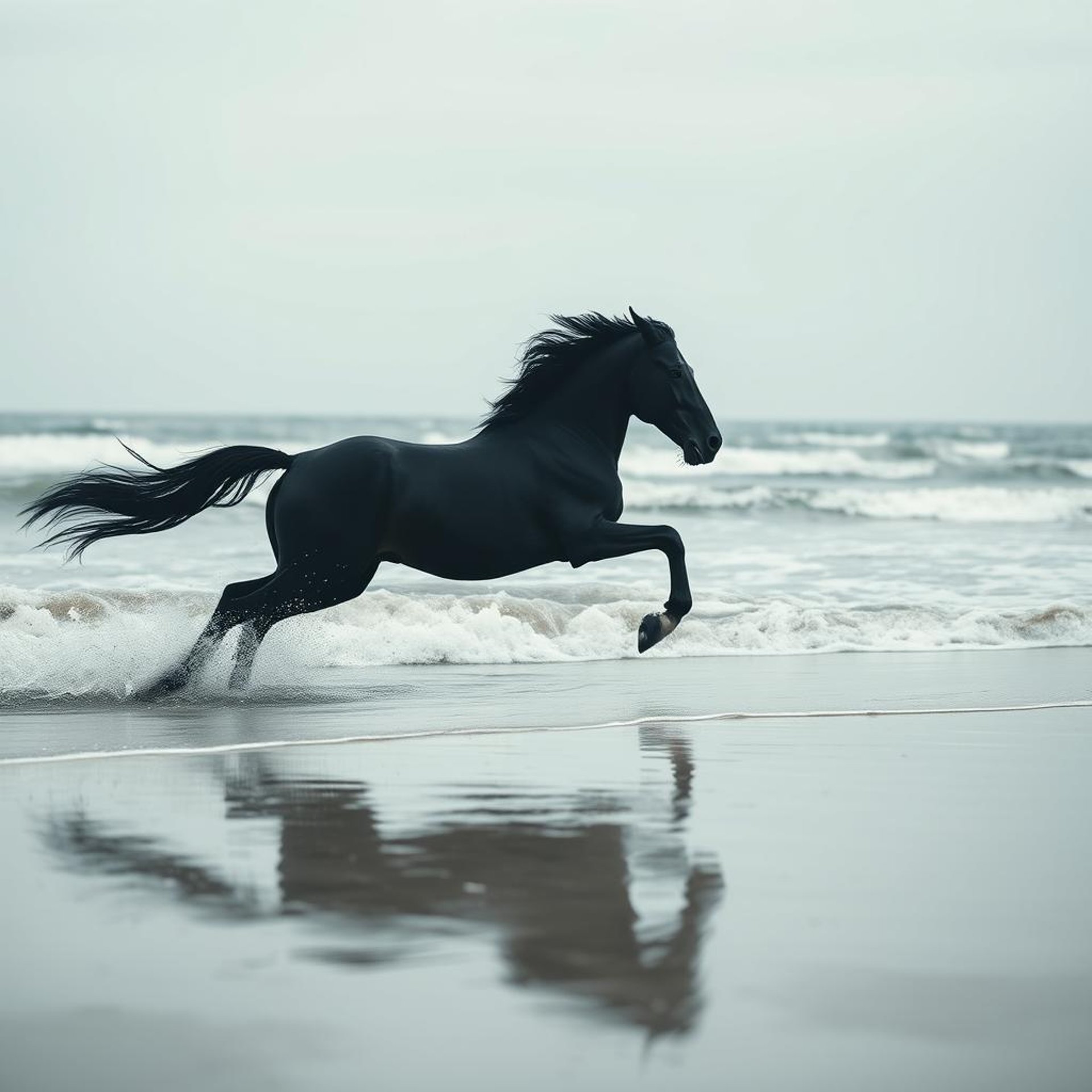
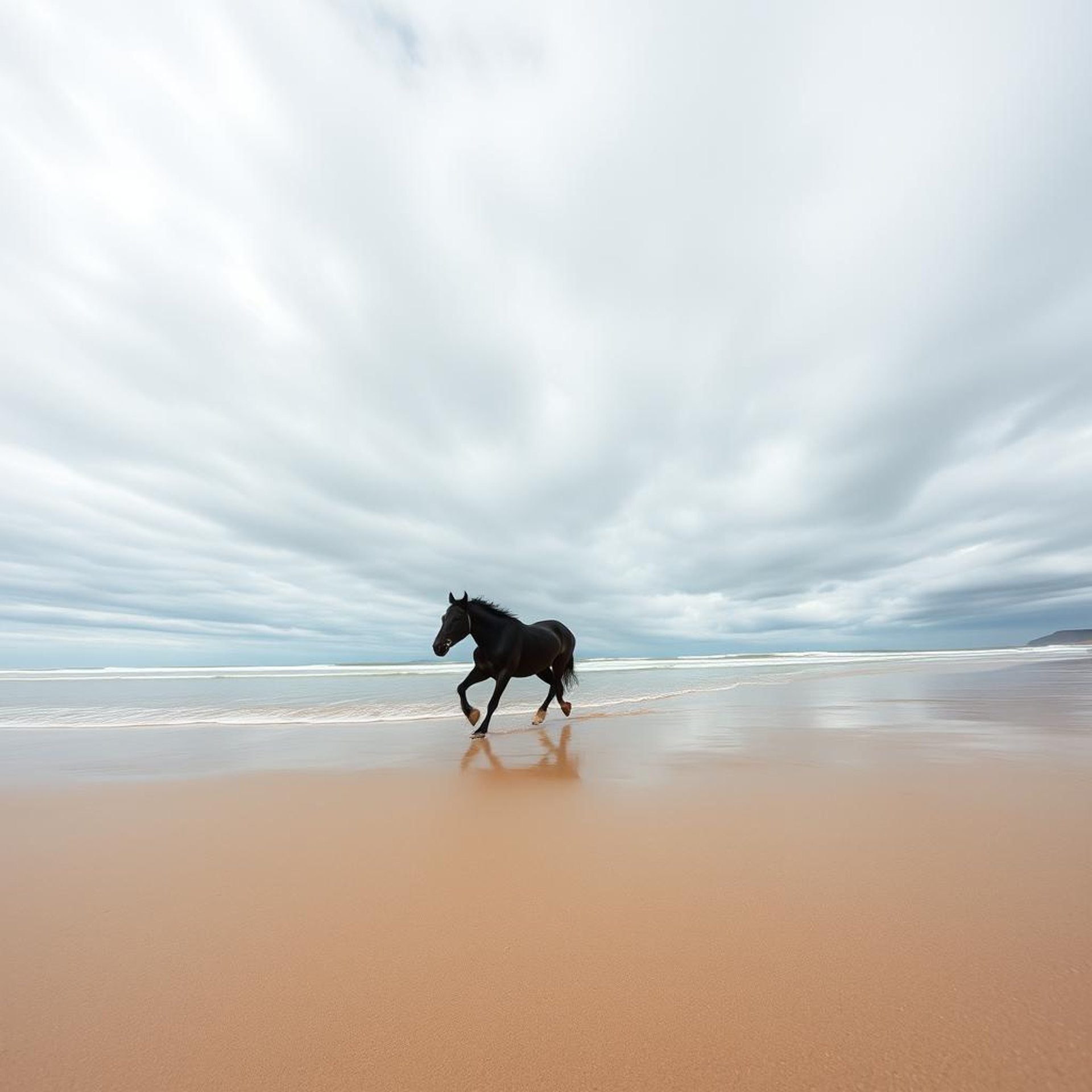
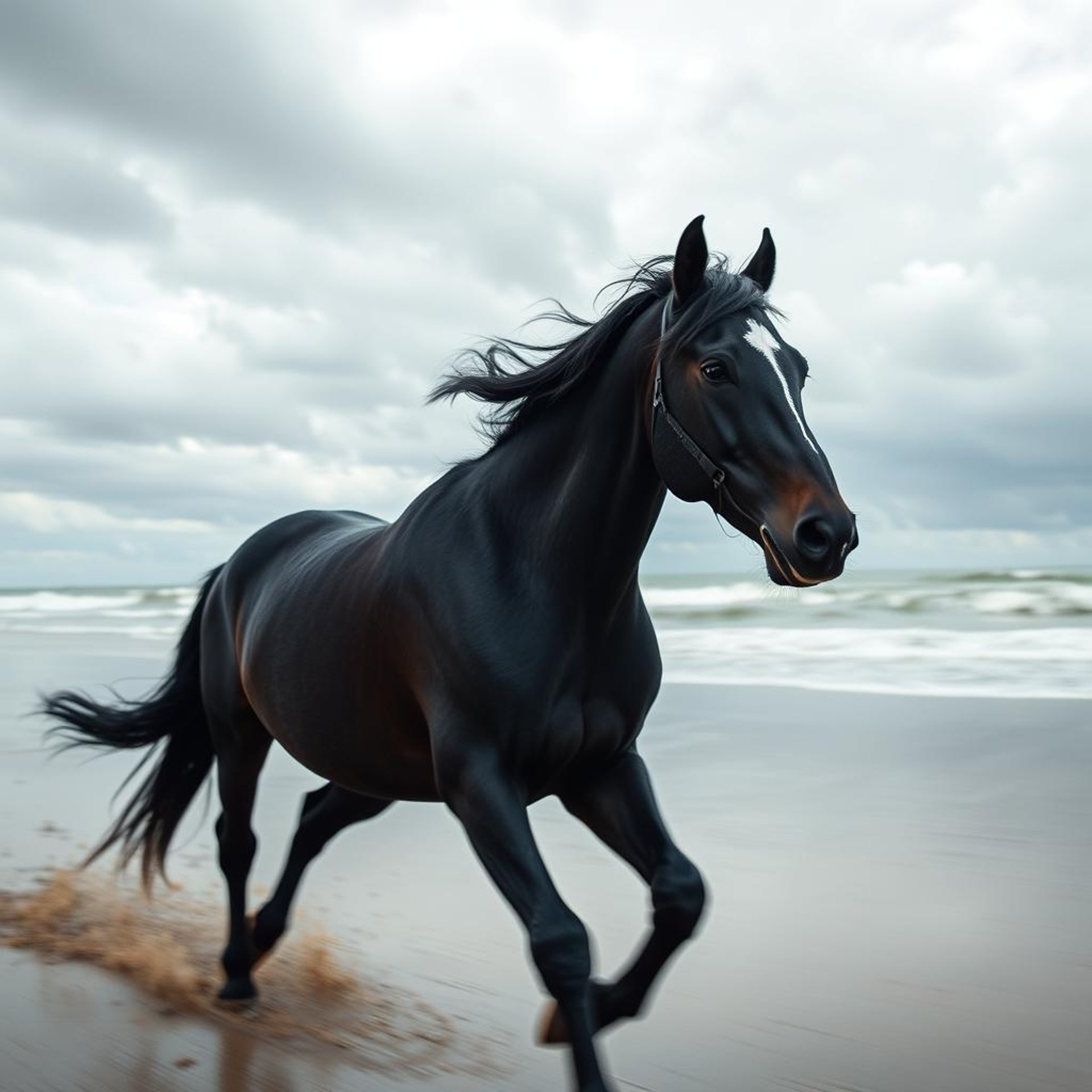
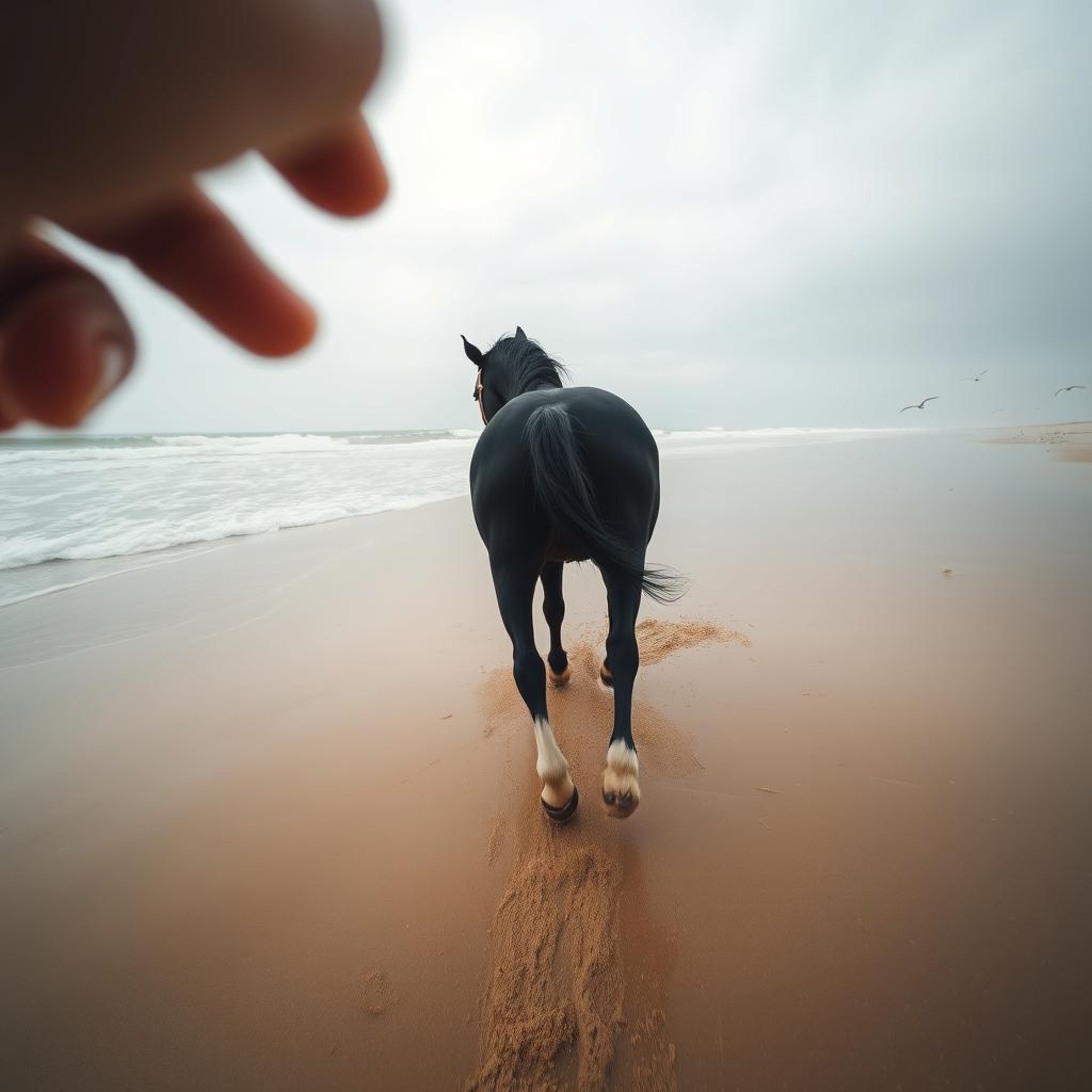
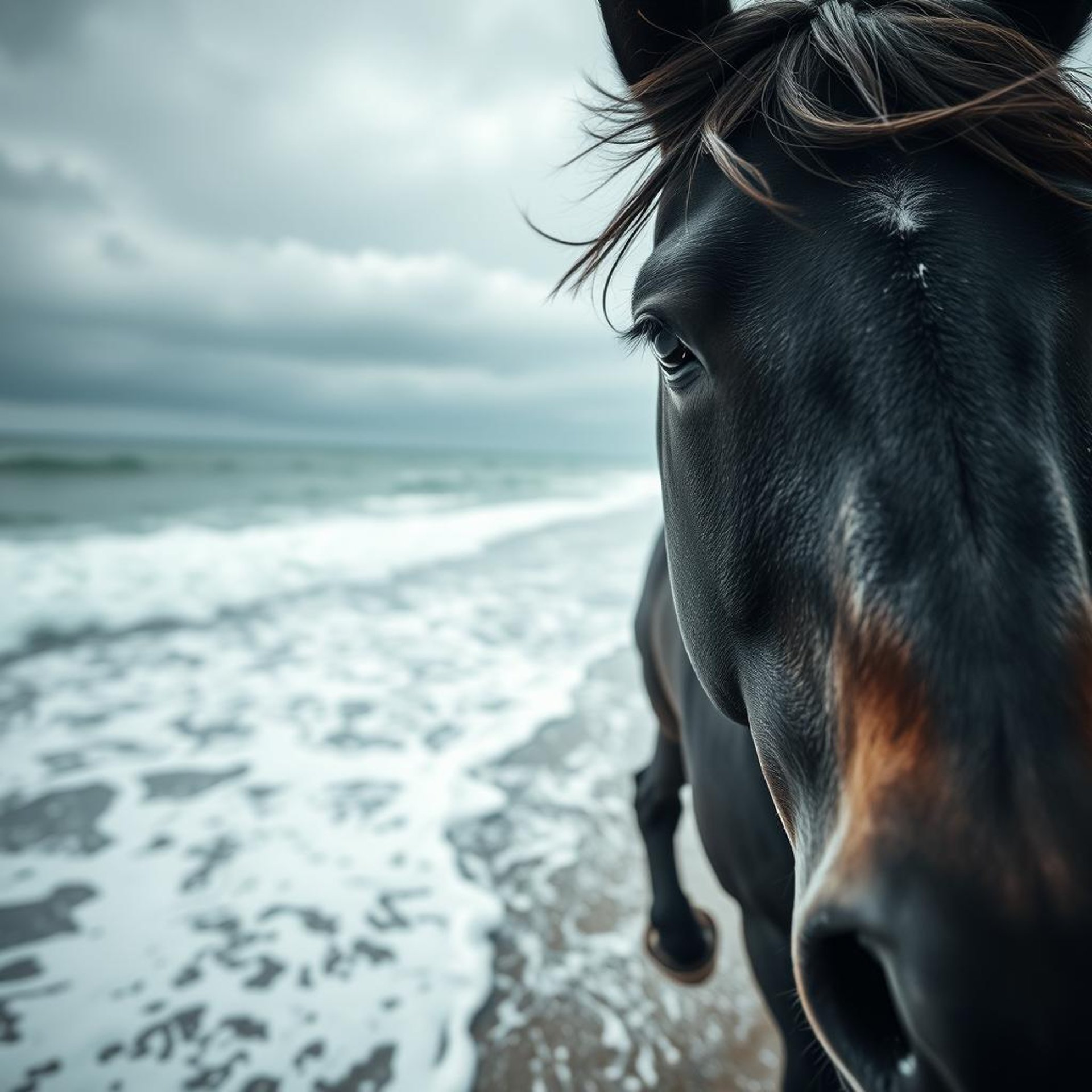
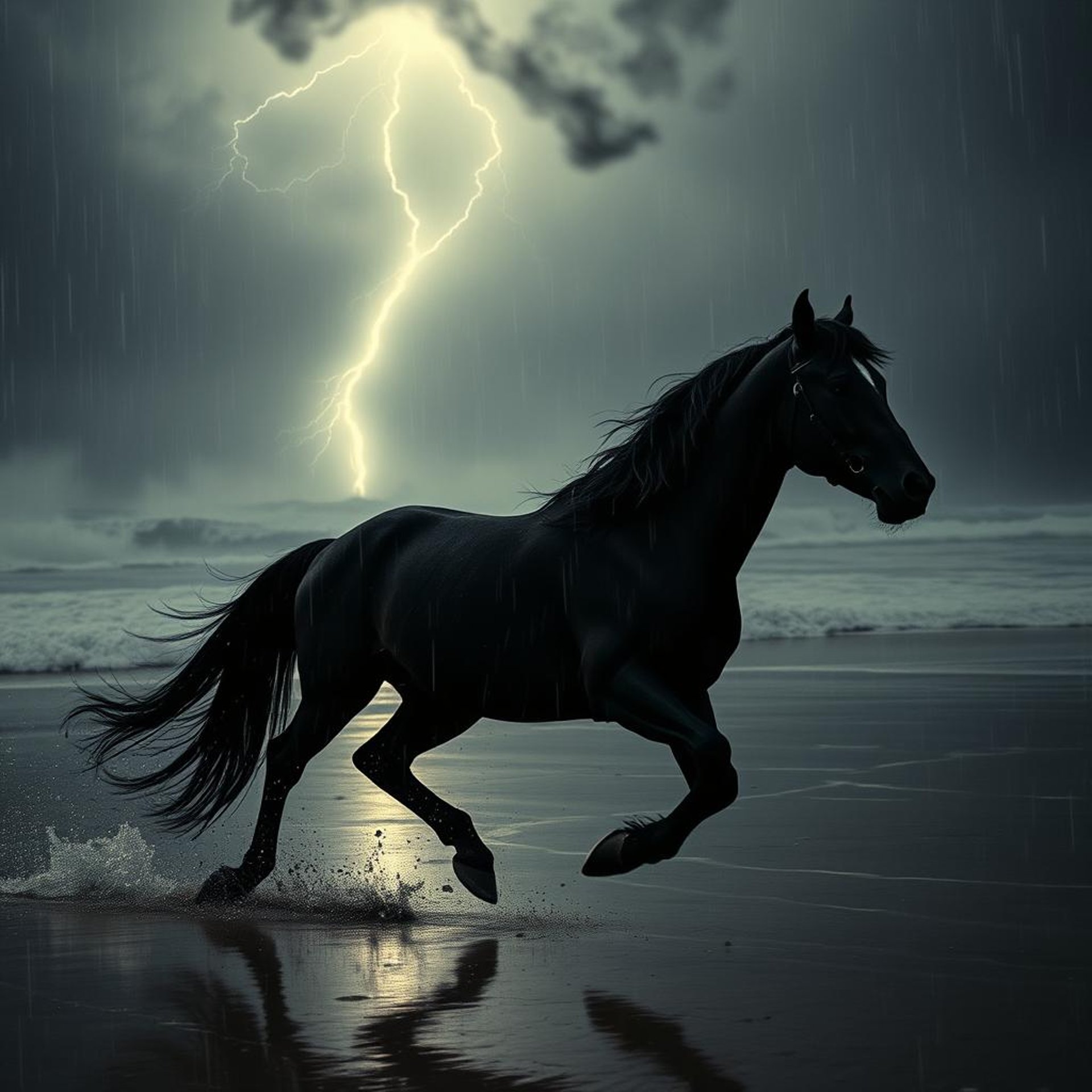
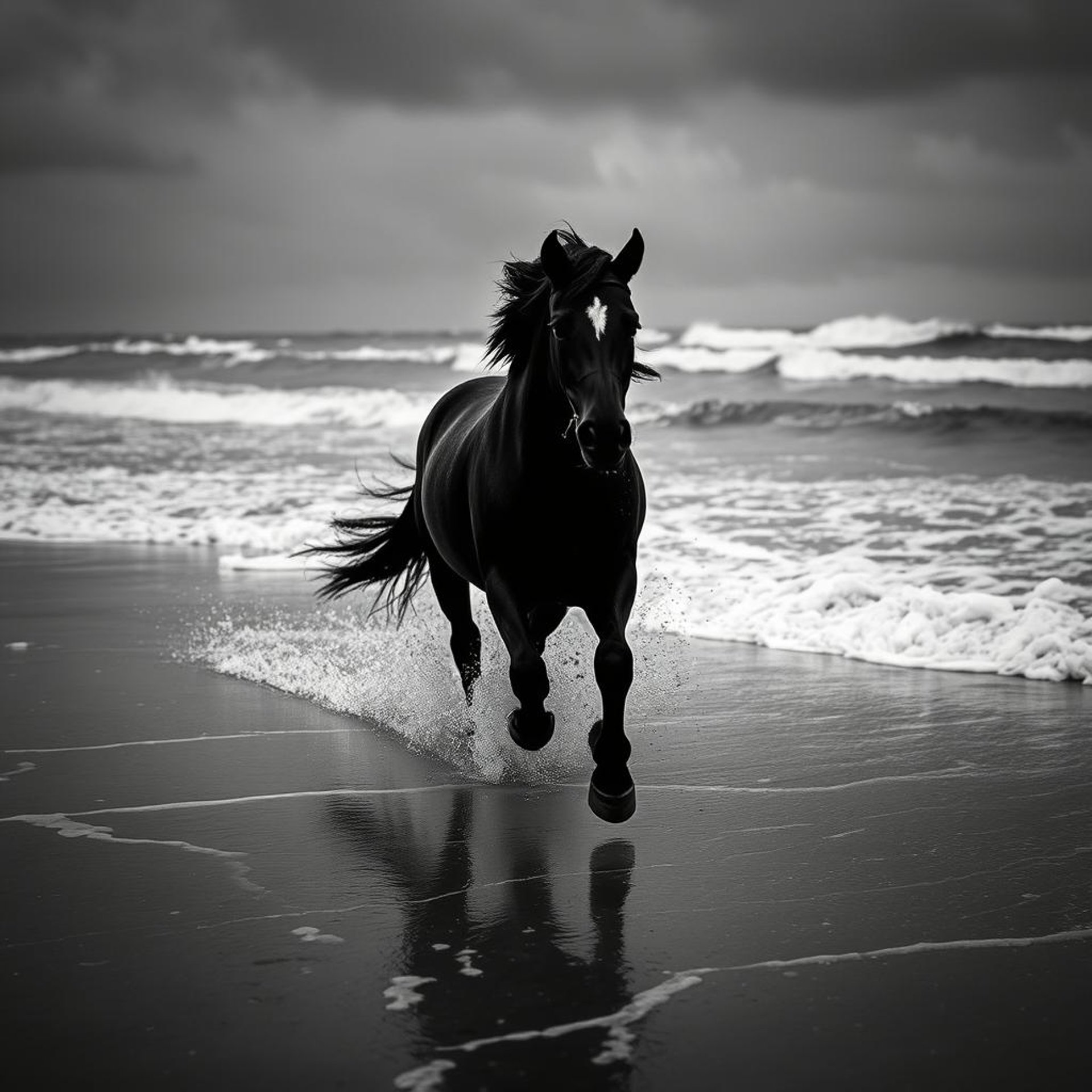
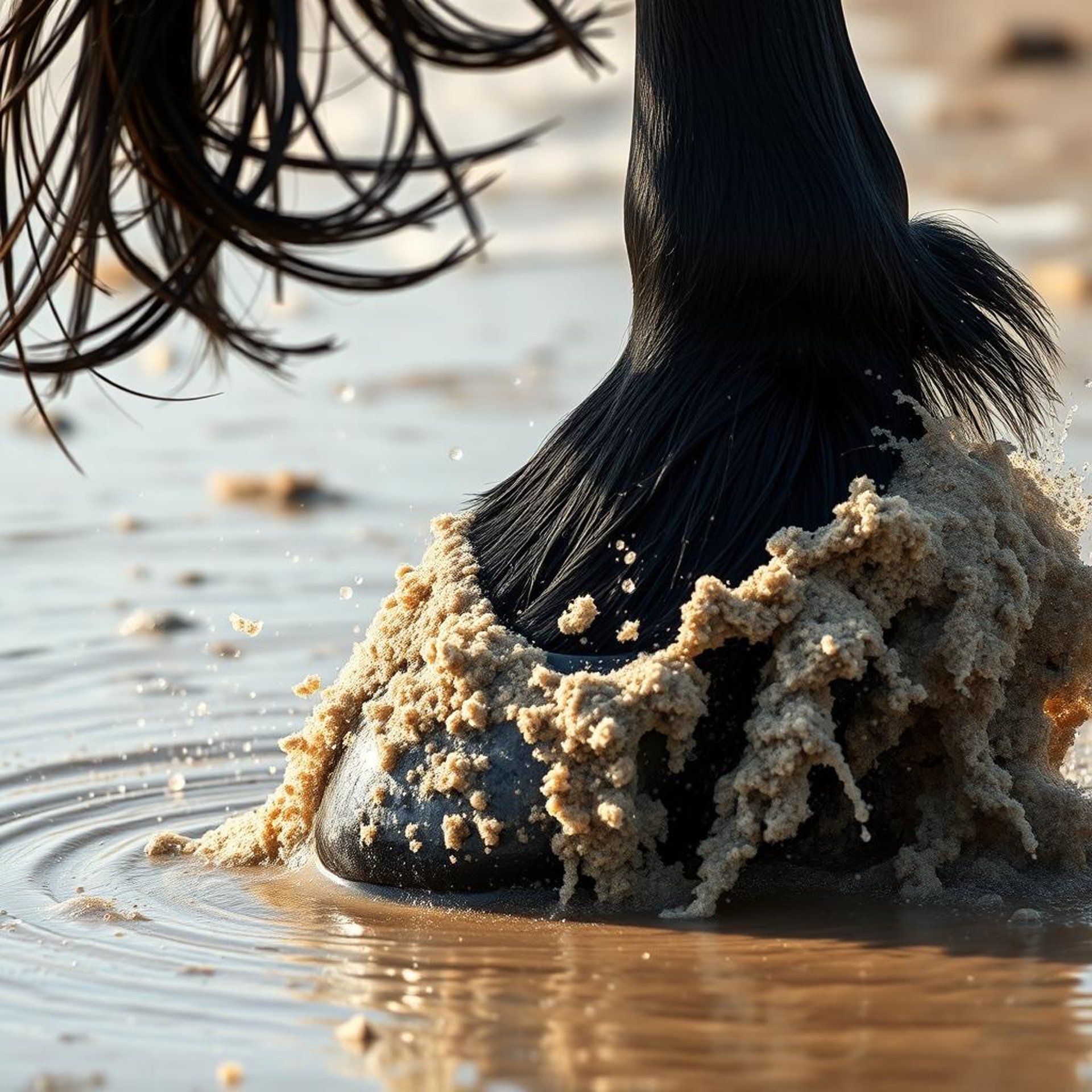
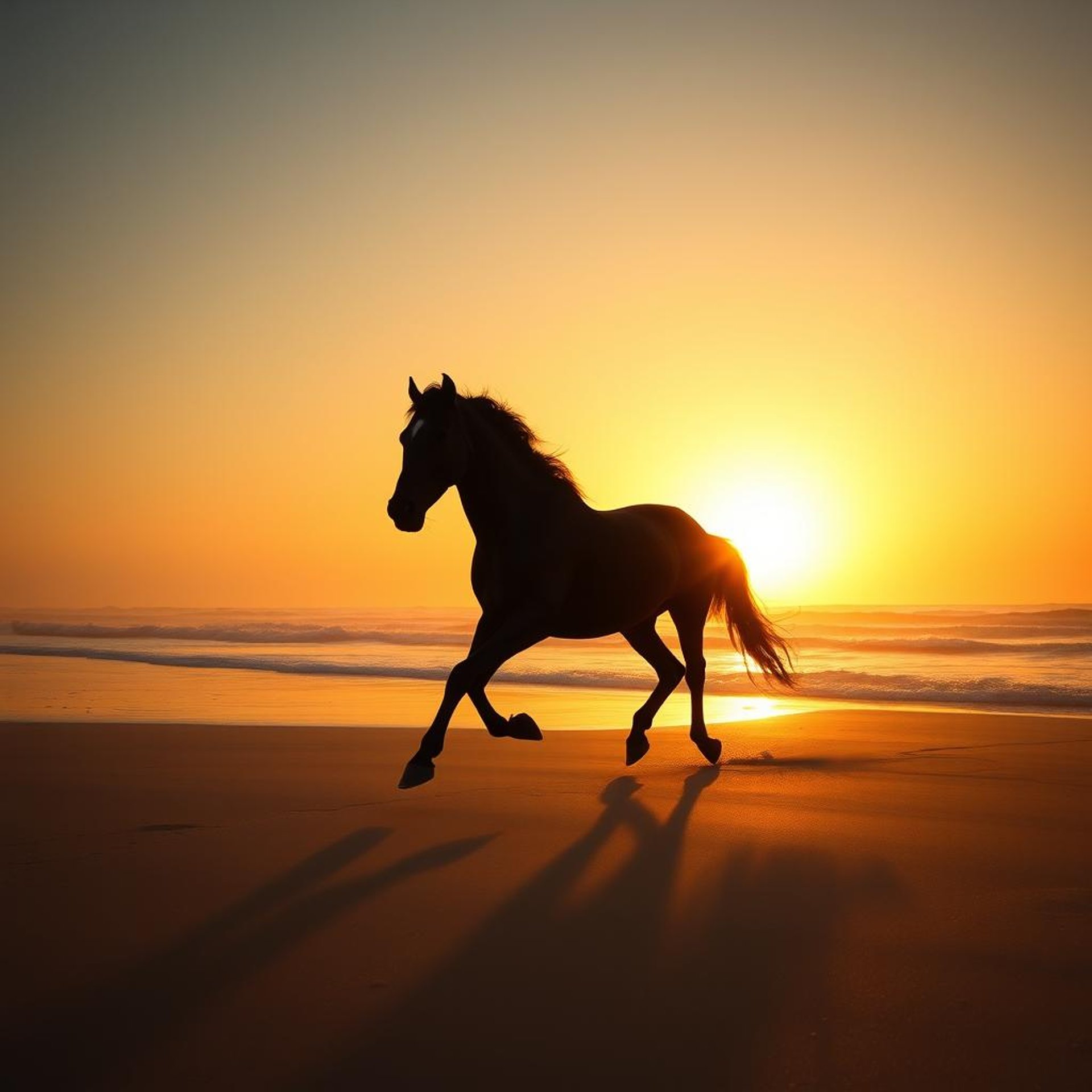
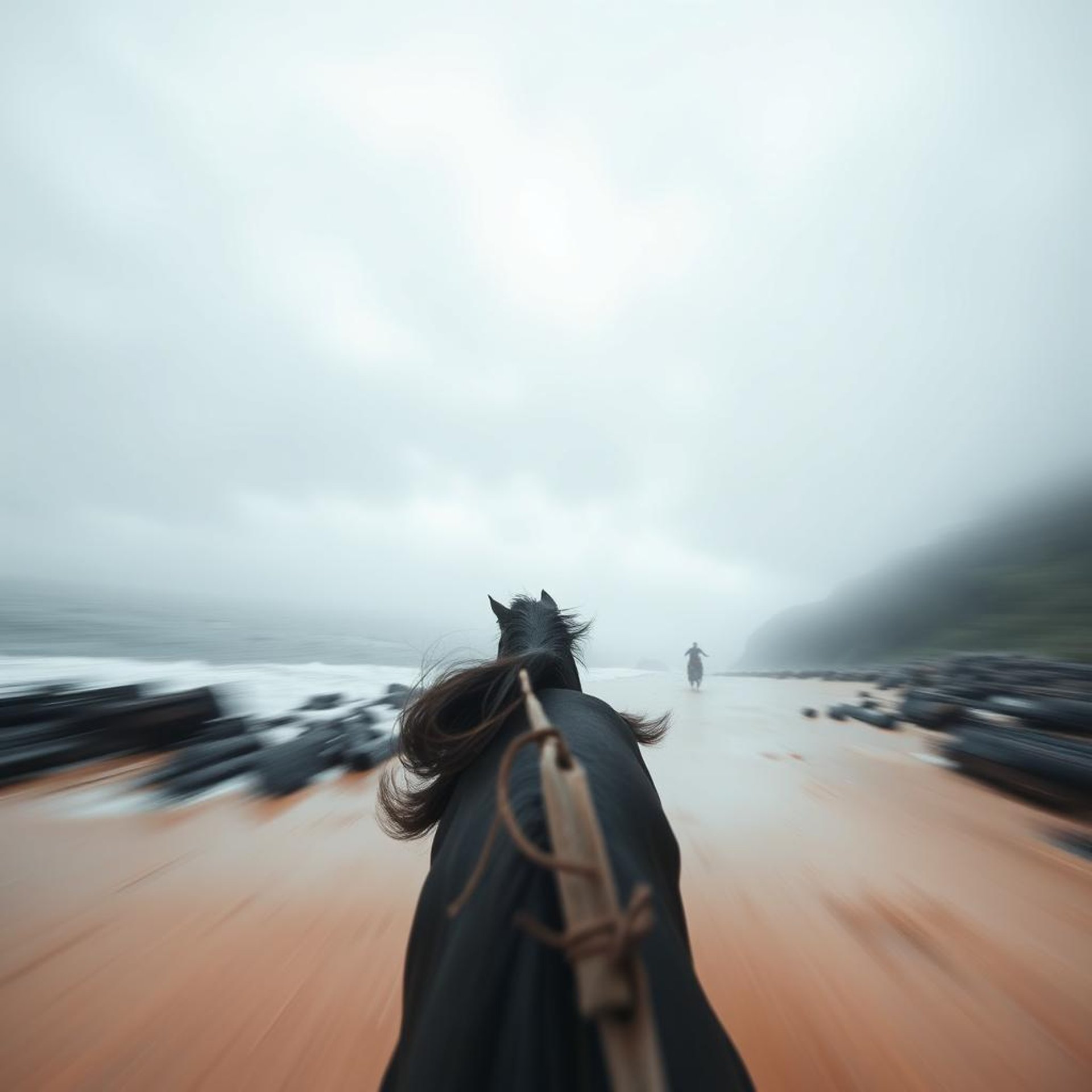
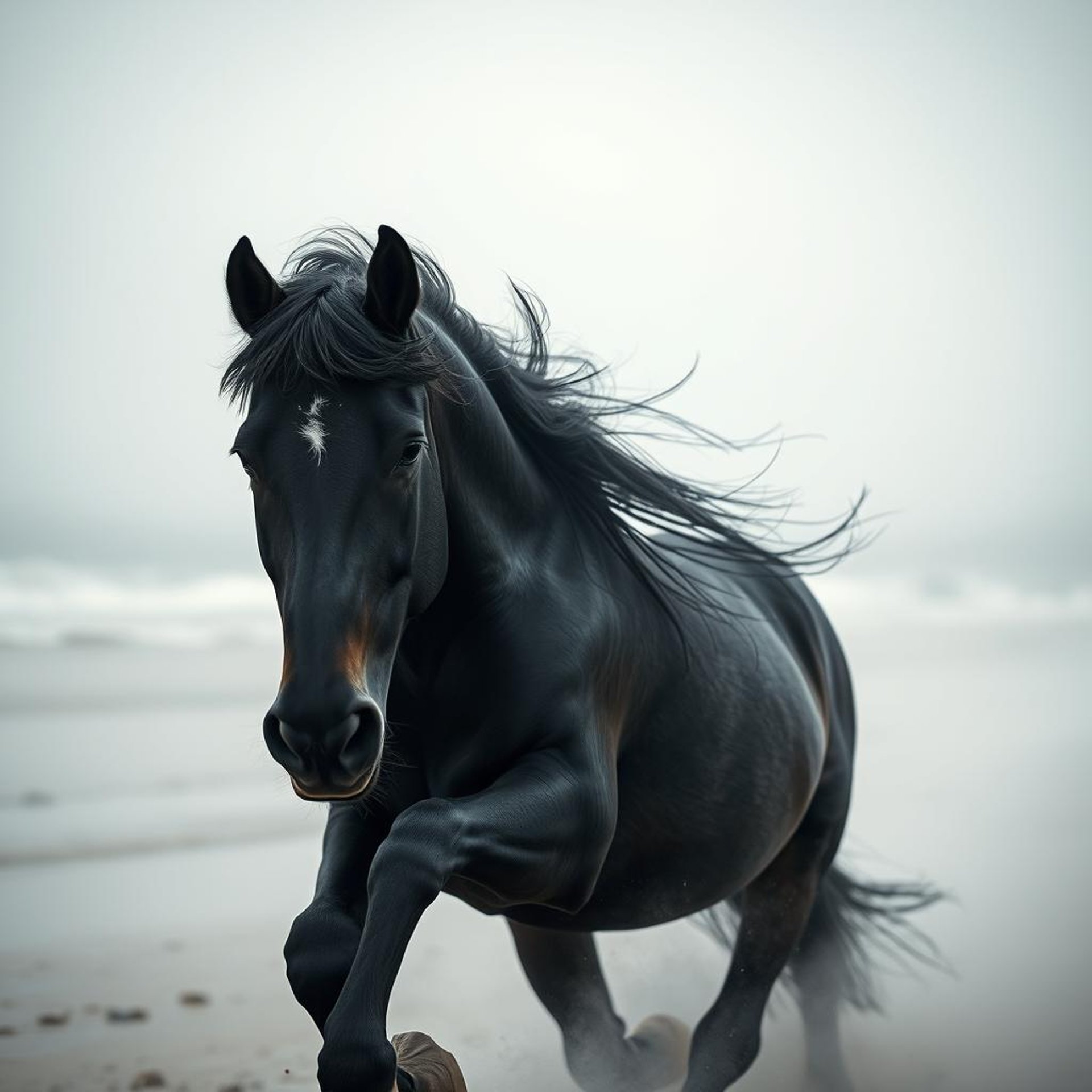
Stabilization Setup
Tripod with Fluid Head: Use a heavy-duty tripod with a fluid head for stable, controlled pans and tilts.
Gimbal (DJI Ronin 4D, Movi Pro): Ideal for tracking shots, ensuring smooth motion while following the horse dynamically.
Drone (DJI Inspire 3, Freefly Alta X): Capture sweeping aerial shots to enhance scale and motion fluidity.
Car Rig with Stabilizer Arm: Mount a Shock-absorbing Arm with a Gyro Stabilizer on a vehicle to follow the horse with precision.
Steadicam with Vest: Allows handheld tracking while maintaining fluid motion stability.
©mAI Studio Generated
Frame Composition Planning
Rule of Thirds: Position the horse slightly off-center to create a balanced and visually engaging composition.
Leading Lines: Utilize the shoreline, ocean waves, or cloud formations to naturally guide the viewer’s eye toward the subject.
Foreground & Background Elements: Incorporate rocks, seafoam, or distant mountains to add depth and dimensionality to the frame.
Silhouetting & Negative Space: If shooting against the sun, use the contrast between the dark horse and bright sky to enhance visual impact.
Dynamic Framing: Experiment with wide panoramic shots and symmetrical framing to emphasize the vastness of the landscape.
©mAI Studio Generated
Camera Placement & Height
Low-Angle Shot: Placing the camera near the ground (below the horse’s knee level) can create a dramatic perspective, making the horse appear more imposing while enhancing reflections in the wet sand.
Mid-Level Wide Shot: Positioning the camera at waist height can balance both the expanse of the beach and the movement of the horse, keeping the horizon line steady without distortion.
Aerial Drone Angle: Using a drone to capture the horse from a slightly elevated or top-down perspective allows for dynamic motion tracking while showing the horse’s interaction with the landscape.
Tracking Side Angle: Mounting the camera on a vehicle or using a gimbal-mounted handheld rig at eye level with the horse allows for smooth lateral motion, capturing the power and grace of the gallop.
Extreme Wide Distant Shot: Placing the camera far from the subject while using a telephoto lens can compress the scene, emphasizing scale and motion within the environment.
©mAI Studio Generated
Horse & Rider Coordination
Work with an experienced animal handler to ensure smooth and safe movement.
Training & Familiarization: Ensure the horse is comfortable running on wet sand and responding to rider commands smoothly.
Multiple Takes for Natural Motion: Conduct several runs at different speeds to capture a variety of movements and gaits.
Communication Between Cinematographer & Rider: Use radio communication or pre-set hand signals to sync movements for optimal shot composition.
Safety Precautions: Have a professional handler on set to manage the horse's well-being and monitor its energy levels.
Positioning for Visual Impact: Experiment with different distances and angles to highlight the power, grace, and silhouette of the horse against the backdrop.
©mAI Studio Generated
©mAI Studio Generated
💡Lighting & Cinematic Techniques
©mAI Studio Generated
Overcast Diffusion: Since the scene is set on a cloudy day, soft, diffused lighting naturally minimizes harsh shadows, creating an even exposure across the frame.
Backlighting for Drama: Position the camera towards the direction of the brightest part of the sky to create silhouette effects and enhance contrast.
Golden Hour Consideration: If filming close to sunrise or sunset, leverage the subtle golden hues breaking through the clouds for a cinematic glow on the horse’s mane and the water.
Shadow Play: Use cloud movement to create dynamic lighting shifts for an organic, natural feel.
Natural Light Utilization
©mAI Studio Generated
Backlighting for Silhouettes: Position the horse between the camera and the brightest part of the sky to create a dramatic, high-contrast silhouette.
Side Lighting for Depth: If the sun is partially visible through clouds, shooting at an angle enhances contours and details of the horse's muscles.
Front Lighting for Clarity: Keeping the light source behind the camera ensures even illumination on the subject, preventing details from being lost.
Positioning the Camera Relative to Light
©mAI Studio Generated
ISO: Keep ISO as low as possible (100-400) to maintain image clarity and avoid noise.
Aperture (f-stop):
Wide aperture (f/2.8 - f/4) for a shallow depth of field, isolating the horse.
Narrower aperture (f/8 - f/11) for a deep focus, keeping the entire scene sharp.
Shutter Speed:
Fast shutter (1/500s - 1/1000s) for crisp details.
Lower if using motion blur creatively.
Adjusting Camera Settings for Natural Light
©mAI Studio Generated
Water Reflection: The wet sand and ocean reflect ambient light, creating a natural fill light that subtly illuminates the lower half of the horse.
Polarizing Filter: If needed, a polarizer can reduce glare from the water and wet sand while enhancing contrast.
ND Filters: If the clouds break and light becomes too intense, an ND filter helps maintain a cinematic shutter speed (e.g., 180-degree rule).
Managing Reflective Light from the Beach
©mAI Studio Generated
Cloud Movement: Timelapse or slow shutter captures cloud motion, adding atmosphere.
Mist & Spray: Waves crashing or wind kicking up sea mist can add depth and drama.
Golden Hour Effect: If shooting near sunrise or sunset, the diffused light creates a subtle golden glow despite overcast conditions.
Enhancing Mood with Natural Elements
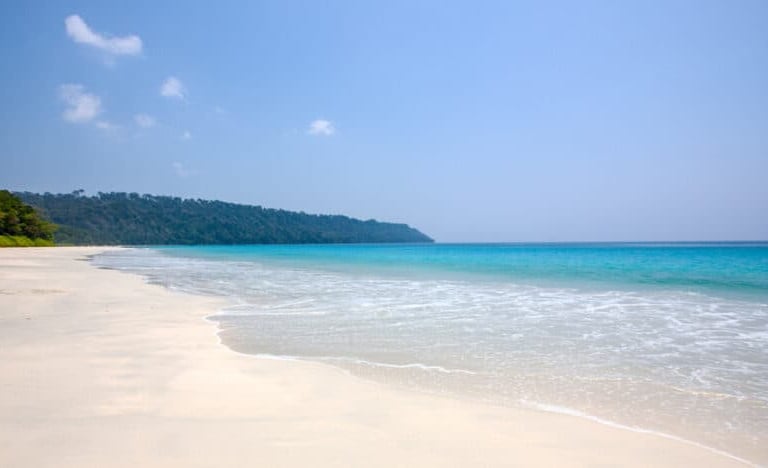

Radhanagar Beach, Andaman & Nicobar Islands
Why?
Vast, untouched shoreline with minimal commercial activity.
Frequent cloud formations due to its tropical climate.
Crystal-clear water enhances reflections in slow-motion sequences.
Challenges:
Remote location; logistical challenges for transporting equipment and horses.
Need for environmental clearances as it is part of a protected ecosystem.
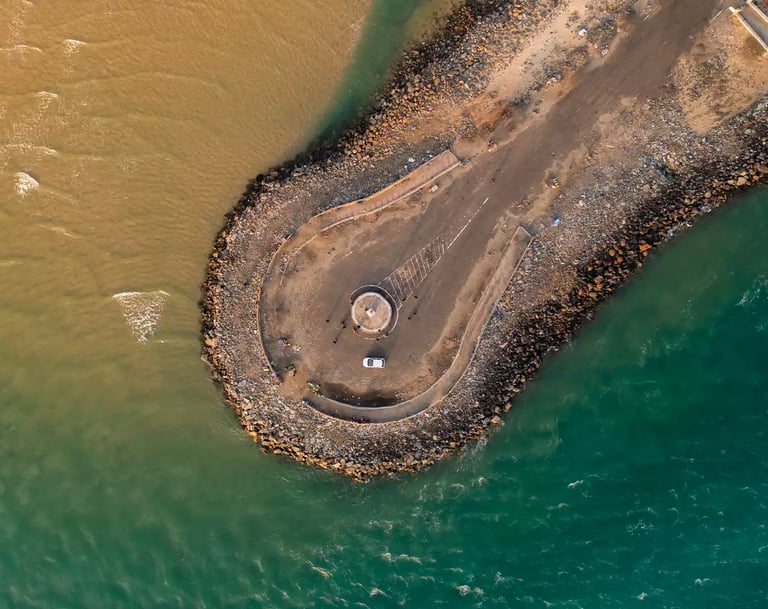

Why?
Abandoned, post-apocalyptic setting with a mix of sand and broken ruins, adding a surreal aesthetic.
Expansive, desolate coastline with natural wind effects that enhance motion in the horse’s mane and sand drift.
Overcast skies are common, particularly during the pre-monsoon season.
Challenges:
Strong sea winds may require stabilization techniques for aerial drone shots.
Harsh terrain; transport and accommodation options are limited.
Dhanushkodi Beach, Tamil Nadu
©mAI Studio Generated
More Techniques




Slow Motion (High FPS Capture)
Extreme Close-Up & Slow Reveal (Artistic Cinematic)


Low-Angle Tracking Shot (Ground-Level Cinematic)
Aerial Tracking Shot (Drone Cinematic)
Handheld Intimate Shot (Documentary-Style Cinematic)


POV Chase Cam (Dynamic & Immersive Action Shot)


Silhouette Shot at Sunset (Dramatic & Poetic Visuals)


Hyper Slow-Mo Close-Up (Ultra-Detailed Abstract Cinematic)




Noir Black & White High-Contrast (Classic & Timeless Aesthetic)
Gritty & Dramatic Black and White
Gallery
Provide a short description of the gallery, highlighting key things.


























Creative Expressions
Discover how Mai Studio transforms creativity into unique, personalized art.
Mai Studio helped me express my individuality through art like never before!
Alex Johnson
Los Angeles
The intuitive platform of Mai Studio allowed me to create stunning visuals that truly reflect my vision. It's a game-changer for aspiring artists!
Samantha Lee
New York
★★★★★
★★★★★
mAI Studio
Torus Ambitio AI Tech Labs Pvt Ltd
Chandigarh, India
+91 828-884-0535
+91 828-884-0935
© 2025. All rights reserved.
Contact Us:
